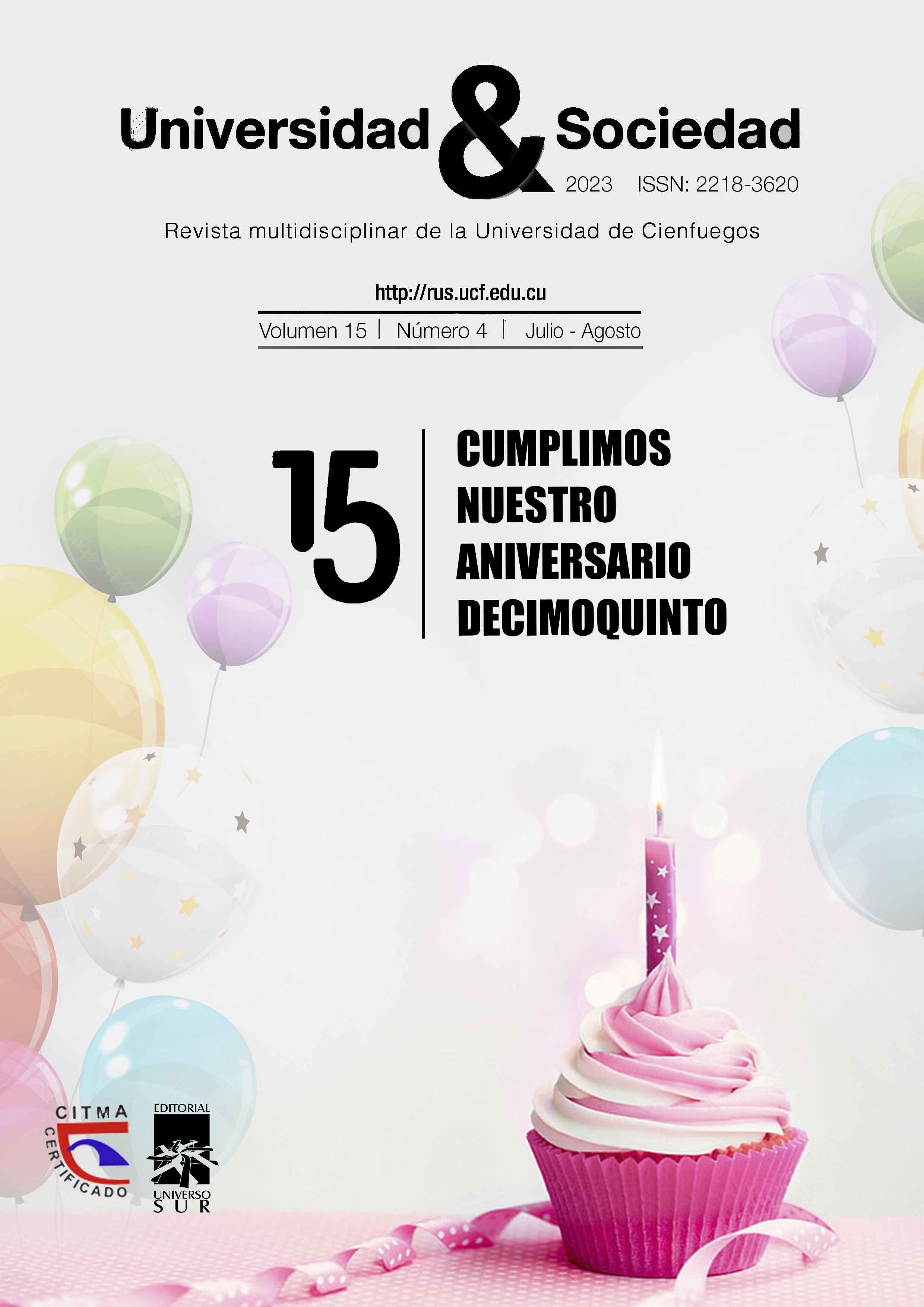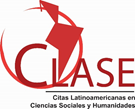FLIPGRID: una estrategia didáctica de aprendizaje para la asignatura destinos turísticos mundiales
Resumen
La presente investigación relaciona el Flipgrid como estrategia didáctica de aprendizaje para la asignatura destinos turísticos mundiales, específicamente se analizan los resultados de un proyecto de Investigación-Acción centrado en la Licenciatura en Gestión y Desarrollo Turístico. El estudio fue llevado a cabo bajo un enfoque cualitativo, para la recopilación e interpretación de las observaciones de los aspectos relacionados a tres momentos: ¿Qué sé?, ¿Qué quiero saber? y ¿Qué quiero aprender? integrando la estrategia didáctica del flipgrid incorporando tecnología de información y comunicación. Los resultados dan cuenta que el flipgrid fortalece los conocimientos, habilidades y aptitudes de los alumnos, mediante la expresión fácil de un entorno agradable intervenido con grabaciones de videos y respuestas; además los alumnos tienen conocimientos previos de los destinos turísticos mundiales muy generales, y esperan de la asignatura identificar los principales destinos turísticos del mundo, sus atractivos y características. El estudio concluye que la flipgrid es una estrategia didáctica en el aula con la intención de reforzar el saber, saber ser y saber hacer a partir de la creación de contenido audiovisual, para fortalecer los procesos formativos, obteniendo un aprendizaje significativo de los Destinos Turísticos Mundiales.
Palabras clave: Estrategia Didáctica, Flipgrid, Investigación-Acción, Creación de contenido, aprendizaje colaborativo, Aprendizaje Social.
ABSTRACT
The present investigation relates the Flipgrid as a didactic learning strategy for the subject world tourist destinations, specifically the results of an Action-Research project focused on the Bachelor's Degree in Tourism Management and Development are analyzed. The study was carried out assuming a qualitative approach, for the collection and interpretation of the observations of the aspects related to three moments: What do I know? What do I want to know? And what do I want to learn? Integrating the didactic strategy of the flipgrid incorporating information and communication technology. The results show that the flipgrid strengthens the knowledge, skills and aptitudes of the students, through the easy expression of a pleasant environment intervened with video recordings and answers; In addition, students have previous knowledge of very general world tourist destinations, and they expect from the subject to identify the main tourist destinations in the world, their attractions and characteristics. The study concludes that the flipgrid is a didactic strategy in the classroom with the intention of reinforcing knowledge, knowing how to be and knowing how to do from the creation of audiovisual content, to strengthen training processes, obtaining significant learning from World Tourist Destinations.
Keyword: Didactic Strategy, FLIPGRID, Research-Action, Content Creation, Collaborative Learning, Social Learning.
Publicado
Cómo citar
Número
Sección
Licencia
Derechos de autor 2023 Editorial "Universo Sur"

Esta obra está bajo una licencia internacional Creative Commons Atribución-NoComercial-SinDerivadas 4.0.
La editorial "Universo Sur", de la Universidad de Cienfuegos, publica el contenido de la Revista "Universidad y Sociedad" bajo una Licencia Creative Commons Atribución-NoComercial-SinDerivar 4.0 Internacional.
© Podrá reproducirse, de forma parcial o total, el contenido de esta publicación, siempre que se haga de forma literal y se mencione la fuente.










